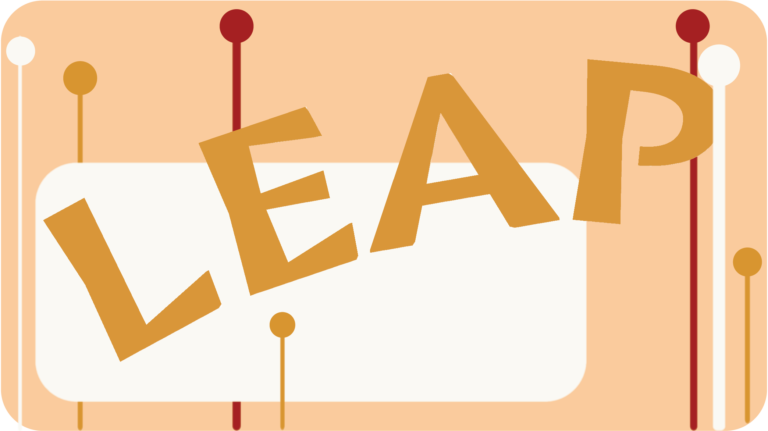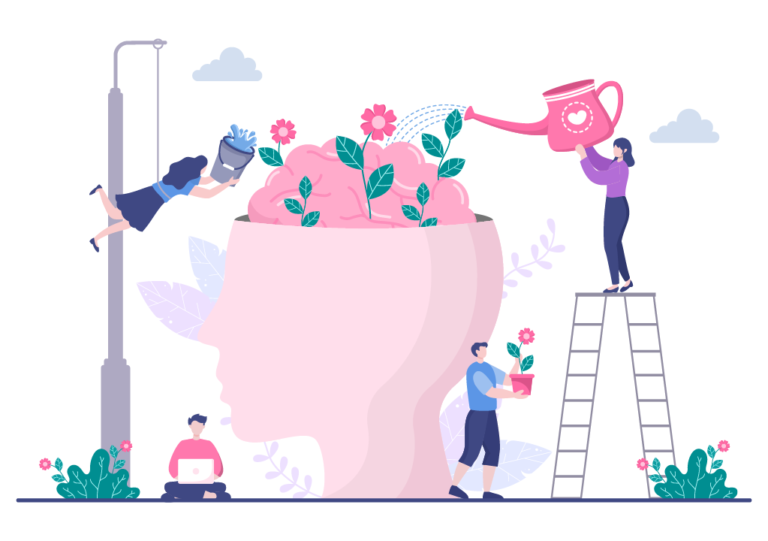Engage Students: Incorporate Movement and Multi-Sensory Learning

Are you noticing students struggling to stay focused during your class? The secret to better attention, memory, and productivity is easier than you think: movement. This article covers three simple strategies you can use in your classroom today that can help transform your classroom engagement. Incorporating physical activity into your teaching not only has the potential to make your class more interesting and engaging, but also help boost cognitive function and student engagement.










